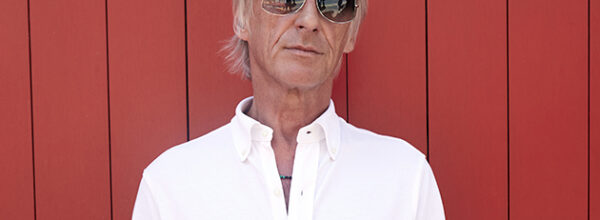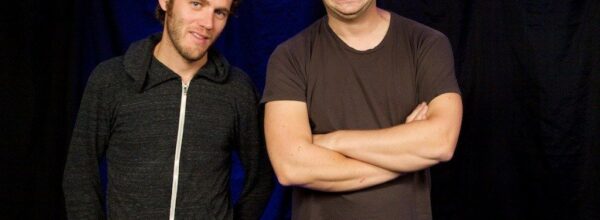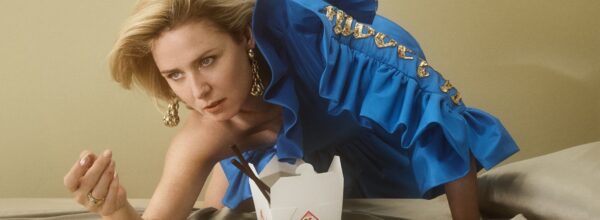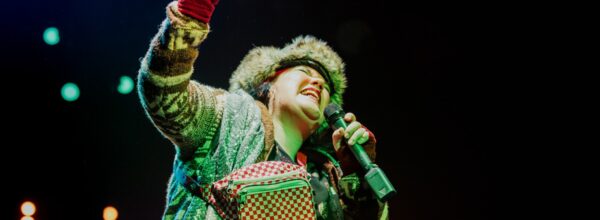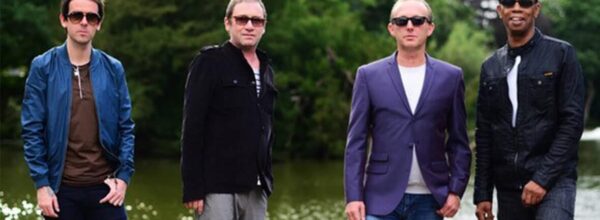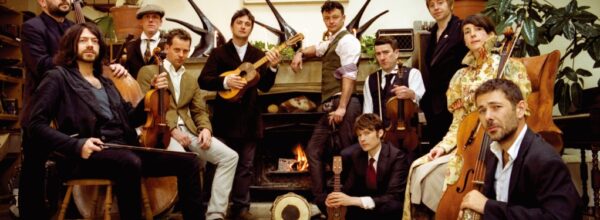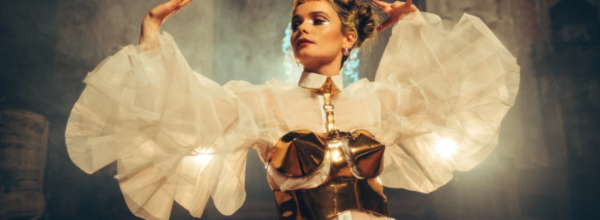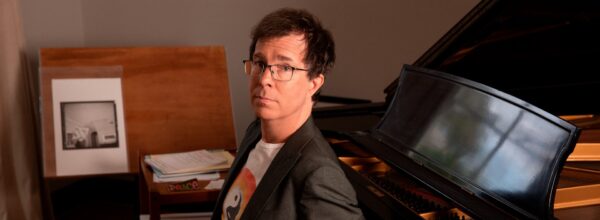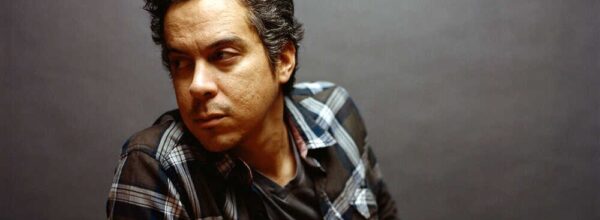![]() 12th May 2016
12th May 2016
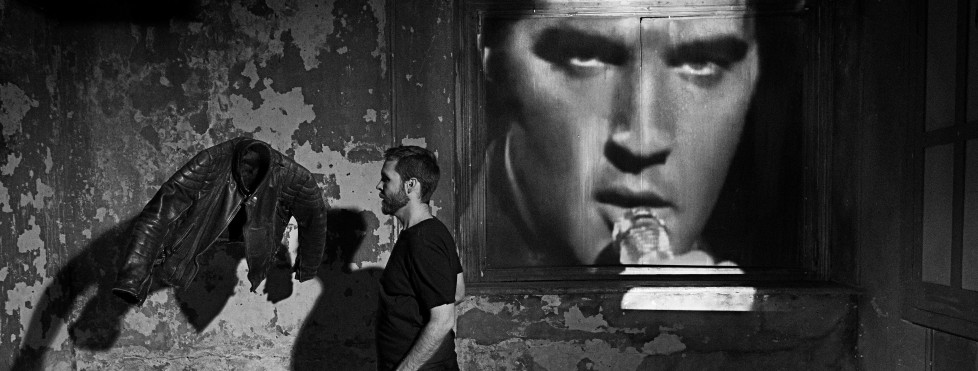
Image: Manuel Vason
For his show The Ted Bundy Project at Mayfest 2015, performer Greg Wohead interrogated the public’s demand for graphic content, whether it be extreme pornography, violence or the explicit confession tapes of the show’s protagonist. Wohead trod a fine line between examining the urge to open oneself up to immoderate material and actually inhabiting that material himself. His relaying of the Ted Bundy confession tapes was terrifyingly convincing as he came to inhabit the serial killer.
For his show at this year’s Mayfest, Comeback Special, Wohead has chosen an entirely different character to inhabit. As shameful as it may be to say, I’m really not that familiar with the work of Elvis Presley. While he is renowned for his pioneering rock ‘n’ roll, to later generations his work has been partly overshadowed by his descent into caricature, his bloated Las Vegas sequins and his final, fatal demise by burgers.
Comeback Special hinges on Elvis’ 1968 TV performance and how it resonated with Wohead, watching it alone in a hotel room some forty-plus years later. However, rather than exposing Elvis per se – and there are clearly some Elvis fans in the audience – it in fact interrogates the aura that such fame and celebrity develops. As with the Ted Bundy tapes, Wohead had to become almost sycophantically obsessed with the ’68 Comeback Special recording, to the point where he can recollect the outfits that Elvis, his band and even the audience members were wearing.
Jam sessions, patter with a Southern drawl, big dance numbers, and a bit of sweat: this is a re-enactment of Elvis Presley’s 1968 Comeback Special. Sort of.
This obsession reflects that of the starstruck audience in the original recording, heightened to the point that even a piece of lint plucked from The King’s face is stashed away by a groupie for keeps. The stage is set in square with audience on all sides, just as it was for Elvis, and flashes of the ’68 Comeback Special are beamed above the audience’s head to draw together the the original and the re-enactment. Wohead makes a nod towards Rebecca Schneider’s conception of time as a more-than-linear, able to be “touched, crossed, visited or revisited”.
The outstanding part of the show comes with a line-for-line, action-for-action re-enactment of an almost obscure part of the ’68 Comeback Special. Audience members stand in for deferential fangirls and members of the band as the same short sequence is enacted over and over. It becomes something of a seance, a ritualistic attempt to draw through the spectre of Elvis. However, it is also an entirely inauthentic attempt at reproduction, reflecting the multiple recordings and editing involved in the original show.
Conal Dougan
